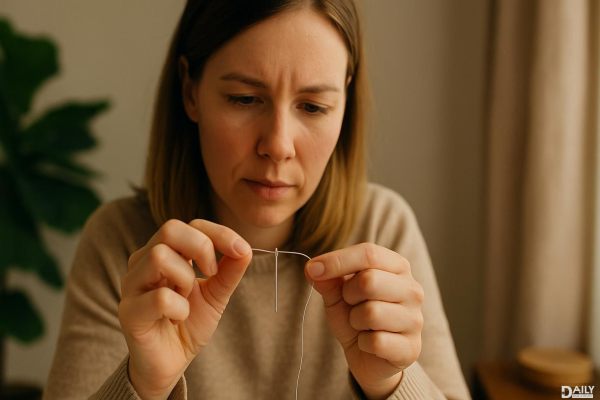Debt influencers are flipping the script on financial shame, making money talk not just acceptable but downright trendy. These social media stars are breaking the taboo around debt by sharing their raw, unfiltered journeys—from crippling credit card balances to triumphant payoff celebrations—and building communities where "broke" isn't a dirty word. What started as niche TikTok confessionals has exploded into a full-blown movement, with hashtags like #DebtFreeCommunity racking up billions of views as Gen Z and millennials trade austerity tips like they're viral dance moves.
The Rise of Financial Vulnerability
Gone are the days when personal finance gurus preached from ivory towers with perfect credit scores. Today's debt influencers are winning audiences through radical transparency—posting screenshots of five-figure student loan balances, filming grocery hauls on $25 budgets, and live-streaming their reactions to credit score updates. This authenticity resonates deeply with younger generations drowning in economic uncertainty; 60% of millennials report feeling "overwhelmed" by debt according to a 2023 Pew Research study. Creators like Tori Dunlap (@herfirst100k) have turned financial therapy sessions into entertainment, blending tough love with memes about avocado toast temptations.
Platforms Becoming Debt-Free Bootcamps
Instagram carousels now break down the snowball method with snackable infographics, while YouTube's "No Spend Challenge" vlogs rack up millions of views documenting extreme savings months. The real magic happens in comment sections where strangers become accountability partners—someone in Kansas might cheer on an Oregon mom making her final car payment, while college students exchange side hustle ideas under viral debt payoff reveal videos. Even LinkedIn's getting in on the action, with professionals posting "debt diaries" alongside their career updates as a badge of real-world resilience.
Monetizing the Movement
As audiences grow, savvy creators are finding ethical ways to profit from their money transparency. Some launch digital budgeting tools or affiliate partnerships with cash-back apps, while others offer paid communities with customized debt payoff plans. The key difference from traditional finance bros? These influencers disclose every cent earned—like Kelsey Buxton (@kelseybuxton) who shares exact affiliate income alongside screenshots of her family's medical debt payments. This radical accountability builds trust in an arena where shady "get rich quick" schemes once dominated.
The Dark Side of Debt Content
Not all viral money talk is created equal. Experts warn some "debt confession" trends glamorize financial irresponsibility, like the dangerous "buy now, cry later" hauls racking up views. There's also concern about oversimplification—a 60-second video can't replace professional credit counseling for those drowning in predatory loans. The most responsible creators team with certified financial planners to fact-check content, often including disclaimers that their journey isn't one-size-fits-all advice.
Cultural Shift in Money Mindsets
Beyond spreadsheets and payoff trackers, this movement represents a generational rejection of money shame. Debt influencers reframe financial struggles as systemic issues rather than personal failures—highlighting how stagnant wages and soaring education costs created today's crisis. Their content often doubles as activism, with campaigns pushing for student loan reform or exposing predatory lending practices. The message cutting through? Being in debt doesn't make you irresponsible—but staying silent about it might keep you stuck.
What began as awkward conversations about overdraft fees has evolved into a financial literacy revolution meeting people where they scroll. These influencers prove money talk doesn't need Wall Street jargon—sometimes all it takes is someone brave enough to post their credit card statement with a "Yikes, let's fix this together" caption to start changing lives. As the movement grows, one thing's clear: debt transparency isn't just trending—it's becoming the new normal for a generation determined to break cycles of financial fear.
























